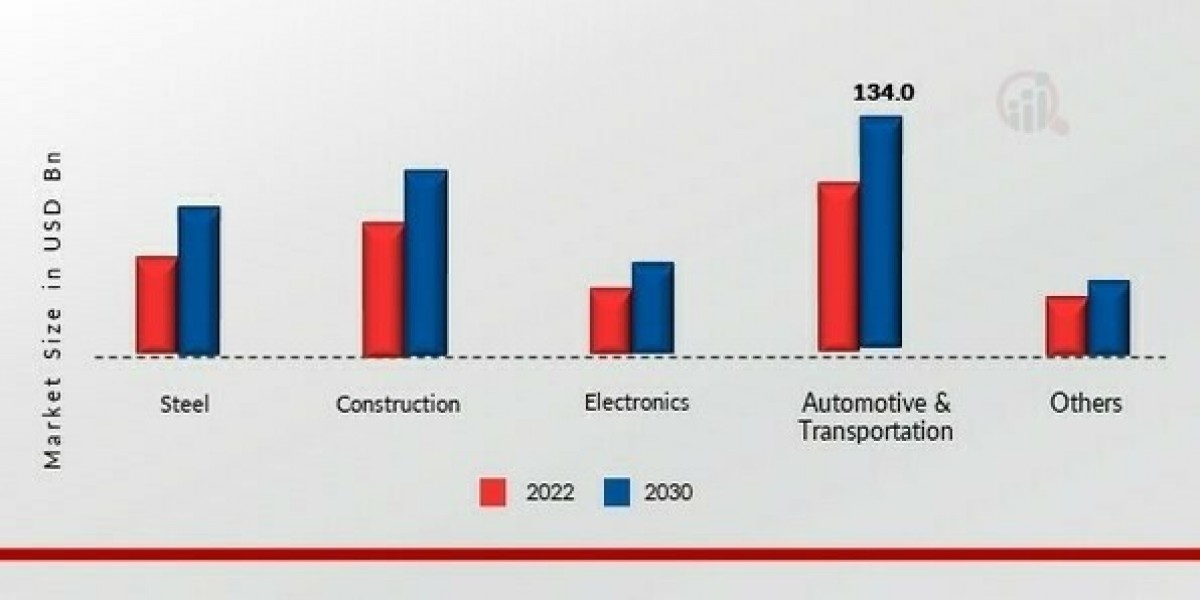The Japan solar PV mounting systems market is witnessing substantial growth as the country accelerates its renewable energy initiatives. Mounting systems, essential for holding and positioning solar panels, are becoming increasingly vital as Japan continues to expand its solar capacity. The government's focus on achieving carbon neutrality by 2050, coupled with rising energy demands and limited land availability, has resulted in an increasing need for advanced, space-efficient mounting solutions.
Market Dynamics
One of the key drivers of the Japanese solar PV mounting systems market is the country’s ambitious renewable energy policy. Japan’s Strategic Energy Plan emphasizes solar power as a core component of its energy mix. This has led to a surge in the installation of both rooftop and ground-mounted solar systems, with mounting solutions playing a critical role in ensuring long-term durability and energy efficiency.
Due to Japan’s geographical constraints, rooftop solar systems dominate residential and commercial installations. These require lightweight, compact, and easy-to-install mounting systems designed to optimize energy capture in urban spaces. In addition, floating solar projects are gaining popularity, especially in regions with limited land, creating demand for specialized mounting solutions tailored for water-based installations.
Ground-mounted systems, although less common due to land scarcity, are utilized in utility-scale projects. These projects often incorporate single-axis and dual-axis tracking systems that enhance power generation by aligning solar panels with the sun’s movement throughout the day. The increasing adoption of these systems reflects the growing emphasis on maximizing energy output from available space.
Technological advancements are also shaping the market. Manufacturers are developing corrosion-resistant mounting structures made from durable materials such as aluminum and galvanized steel. Pre-assembled and modular systems are increasingly favored as they reduce installation time and costs, making them attractive for both large-scale and small-scale projects.
The declining cost of photovoltaic panels and government incentives such as feed-in tariffs have further boosted solar energy adoption, indirectly driving demand for efficient and reliable mounting solutions. With Japan’s strong commitment to renewable energy, the mounting systems market is poised for sustained growth.
Competitive Landscape
The Japan solar PV mounting systems market is competitive, with a mix of global and domestic players striving to capture market share. Leading international companies such as Nextracker, Array Technologies, Arctech Solar, and Schletter Group dominate with advanced tracking systems and custom solutions for various installation needs. These firms are investing heavily in R&D to improve durability and performance, ensuring their systems are optimized for Japan's unique environmental conditions.
Local companies are also emerging as significant contributors to the market, leveraging their understanding of domestic requirements, such as compact urban spaces and seismic resilience. Their ability to provide customized and cost-effective solutions gives them an advantage in addressing the specific challenges of Japanese installations.
Strategic collaborations between global and domestic players are becoming increasingly common. Such partnerships focus on technology sharing, localized manufacturing, and rapid deployment of projects. Moreover, companies are incorporating IoT-enabled tracking systems and real-time monitoring technologies to provide predictive maintenance and performance optimization, offering added value to project developers.
Future Outlook
The future of the Japan solar PV mounting systems market appears highly promising, driven by the country’s commitment to clean energy and sustainability. Utility-scale solar projects, though constrained by land availability, will continue to adopt advanced tracking systems to maximize energy efficiency. Floating solar farms are expected to see rapid growth, especially in prefectures with large water bodies.
Rooftop solar installations will remain a strong growth segment, supported by government policies promoting distributed energy generation. Manufacturers are likely to focus on developing ultra-lightweight, high-strength mounting systems that can be installed on a wide range of building structures, including older properties.
Smart technologies are expected to revolutionize the market in the coming years. AI-driven tracking systems, coupled with digital monitoring and predictive analytics, will enhance energy production and reduce maintenance costs. These innovations will provide significant long-term benefits to both commercial and residential solar projects.
Sustainability trends will also influence the market, with manufacturers emphasizing recyclable and eco-friendly materials in their designs. As Japan works toward achieving its carbon neutrality goals, the demand for efficient, durable, and environmentally friendly mounting solutions will continue to rise.
In conclusion, the Japan solar PV mounting systems market is set for steady growth, backed by supportive government policies, innovative technologies, and increasing adoption of renewable energy solutions. Companies focusing on product innovation, cost efficiency, and adaptability to local needs will remain leaders in this competitive landscape. For comprehensive market insights and detailed analysis, visit WantStats.








